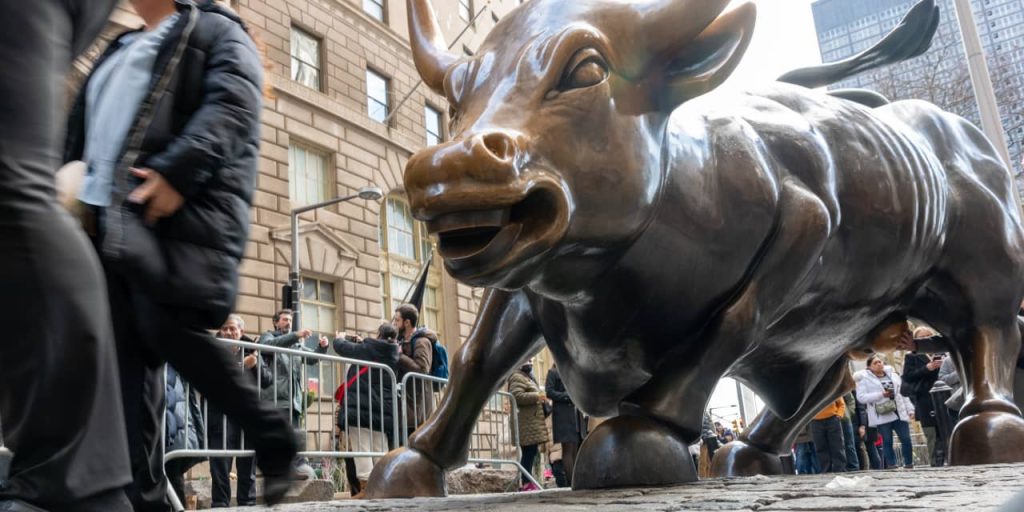The U.S. economy grew strongly in the second half of 2023 and doesn’t seem to have slowed down much. Yet a quarter of the nation’s business economists still think a recession is likely this year.
Some 24% of the respondents in a survey by the National Association of Business Economists predict the U.S. will suffer a downturn in 2024. And 2% even think a recession is already underway.
To be sure, economists are generally more optimistic now than they were a year ago. The NABE survey showed that 58% of economists expected a recession when they were polled in February 2023.
But why such lingering pessimism despite a resilient U.S economy and strong labor market?
A growing number of economists think the Federal Reserve is keeping interest rates too high, for one thing. The Fed has jacked up a key short-term rate to a 23-year high to tame inflation.
Now that the rate of inflation has slowed to around 3% — or even less by some measures — high interest rates could have an even more punishing effect on the economy. Higher borrowing costs tend to depress growth.
About 21% of Wall Street
DJIA
economists think the Fed is too tight — that is, it’s keeping rates too high. That’s up from 14% six months ago.
Economists are also more worried about so-called external shocks or outside events that trigger a recession. A huge spike in oil prices, for instance, has delivered several blows to the U.S. and global economies since the 1970s.
A Chinese economic meltdown, worsening conflict in the Middle East and potential instability arising from the 2024 U.S. presidential election were cited by economists as their biggest potential concerns.
For the most part, though, economists are relatively upbeat. Gross domestic product surged by 4.9% in the third quarter and expanded at a rapid 3.3% pace in the fourth quarter.
First-quarter growth is also on track to top 2%, a level seen above the U.S. economy’s normal speed limit.
One reason for the optimism is the expectation that the Fed will cut interest rates in response to slowing inflation. The central bank is likely to start reducing rates in the spring or summer.
Economists are not convinced inflation will get to the Fed’s 2% goal by the end of the year, however. A majority think it will end up around 2.5%.
Inflation averaged less than 2% a year from 2010 to 2019, a rate that is seen as optimal for the U.S. economy.
Read the full article here
